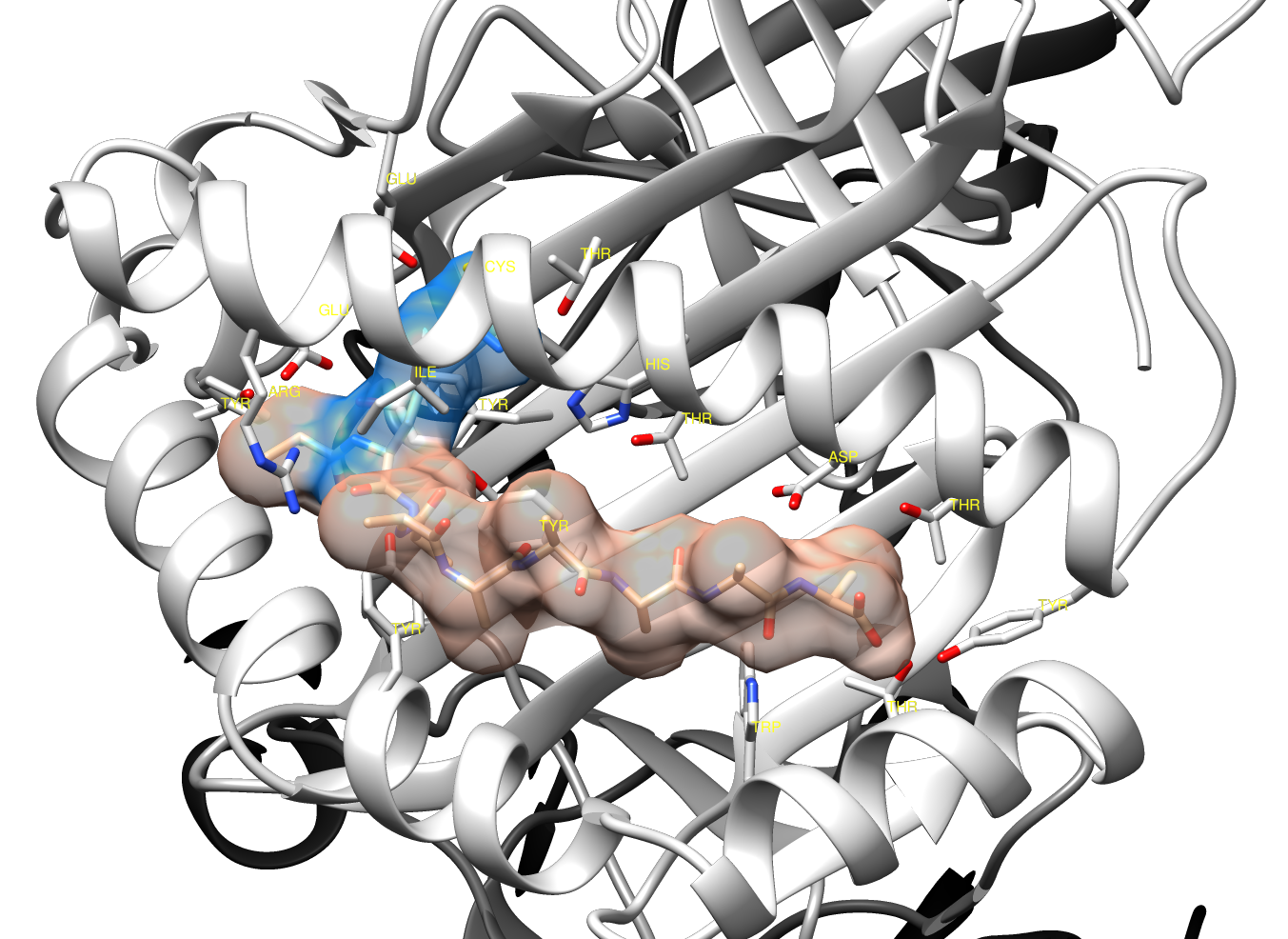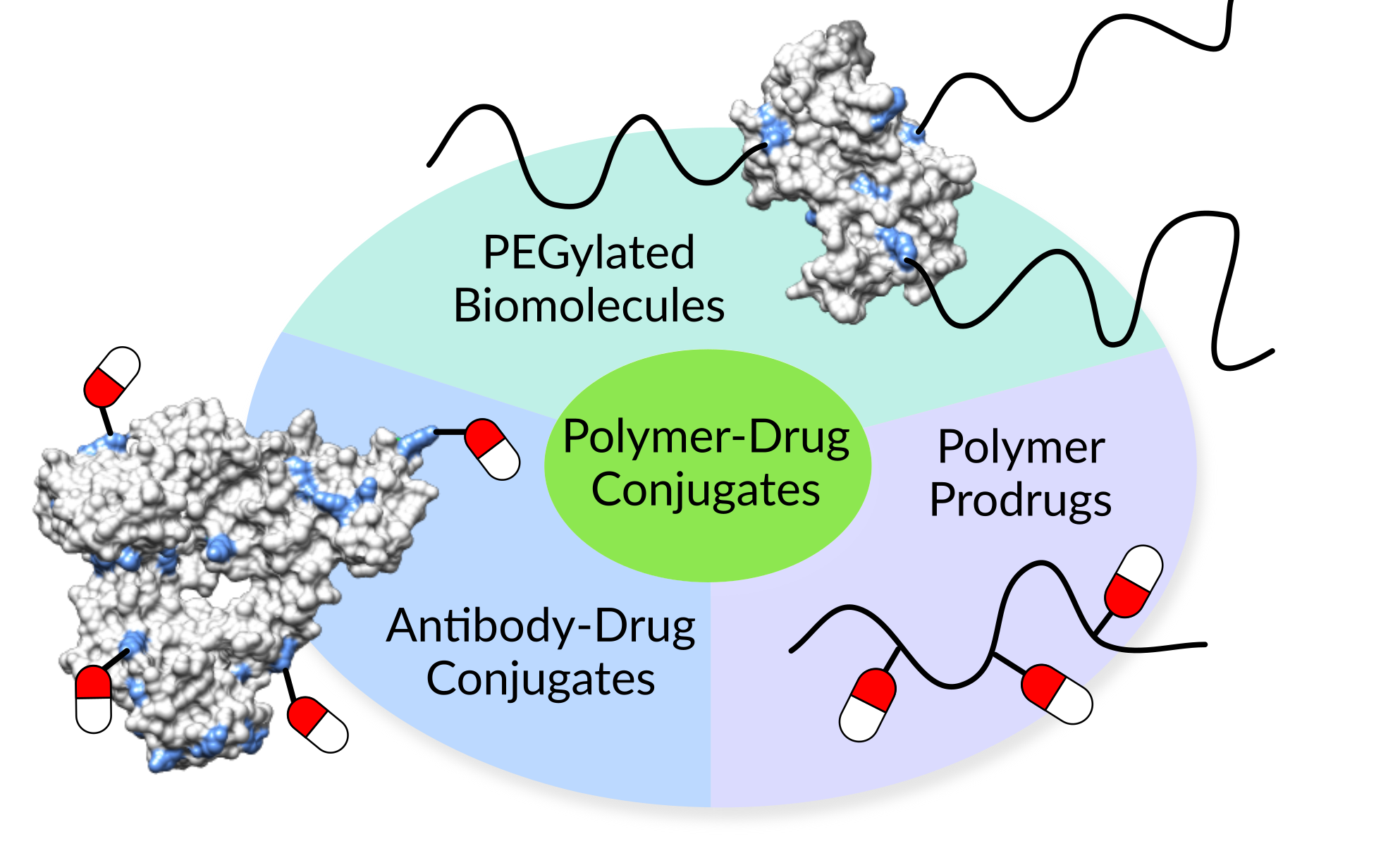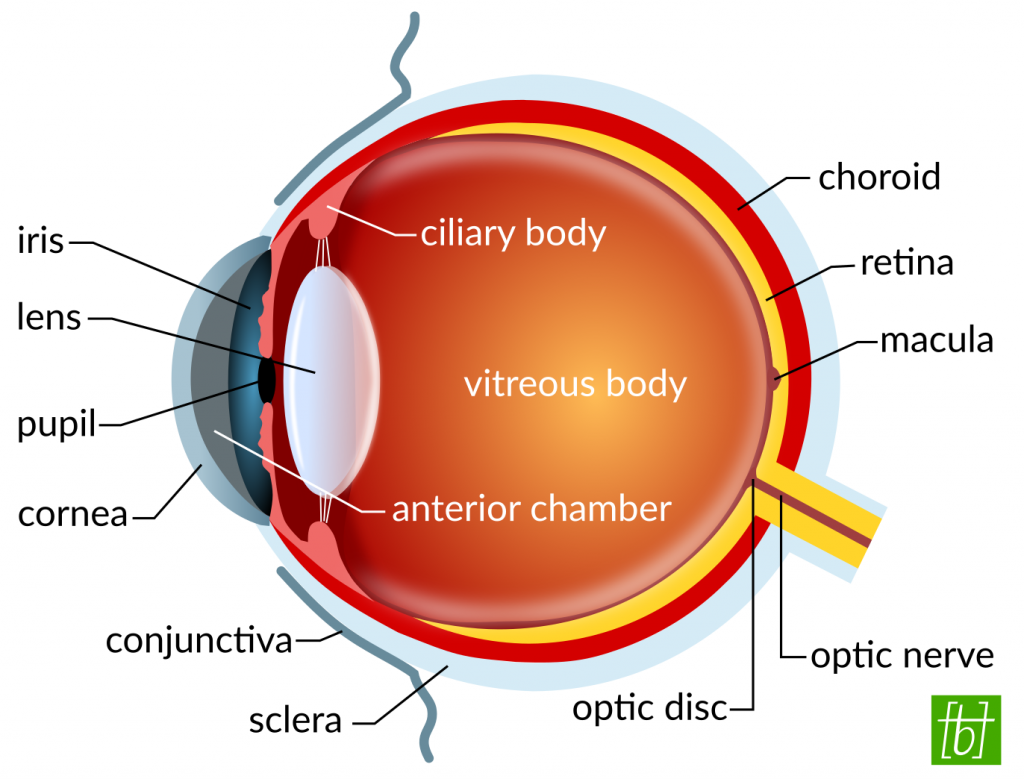The work of a scientist is not just about experimenting in a laboratory. We also spend a lot of time attending meetings and conferences with colleagues and other researchers. There, we present the results of our experiments and explain our hypotheses. Or we write reports of our findings for publication in scientific journals. Either way, to grab people’s attention we need to wrap our ideas in compelling stories.
The use of images, cartoons and sketches is a good way to emphasize your message. It will help your audience visualize and understand complex concepts better. And the act of designing and creating a schematic will help yourself to clarify the key points of what you’re trying to say. I believe, being able to produce eye-catching illustrations is a crucial skill for every researcher, so I decided to share my favorite tools to create and process images.
Continue reading “5 Free tools for image creation and processing”





